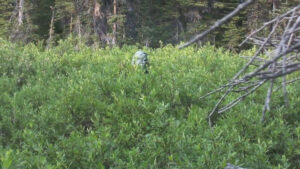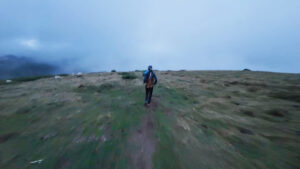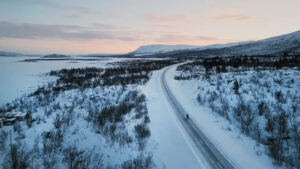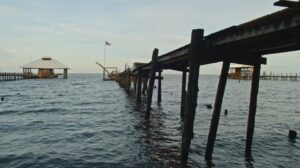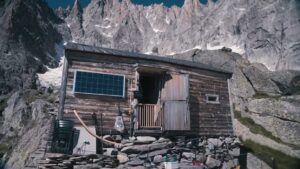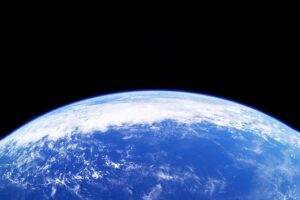Following in the footsteps of Freda Du Faur, three freeride skiers tour New Zealand’s most uncompromising terrain. They discover unresolved trauma, physical limits, and a changing landscape.
Du Faur was an Australian mountaineer. Although she never lived in New Zealand, she was the first woman mountaineer in the country. Criticized for her wildly inappropriate endeavors within a male domain, in 1910 she became the first woman to summit Aoraki Mt Cook. She climbed the 3,760m peak in a record-breaking six hours.
Pants are now acceptable
A lot has changed since then. Women mountaineers are a common sight. Climbing gear is less cumbersome and more robust. Pants are acceptable for both genders. The region’s glaciers have receded considerably since then, too.
Janina Kuzma, Anna Smoothy, and Ayako Kuroda are professional freeride skiers who don’t need to appease society in the same way Du Faur had to. But their challenges in the same part of New Zealand are no less.
They’d already planned a Southern Alps crossing when they first learned of Du Faur’s earlier expedition. Du Faur then inspired them to revise their route. As much as possible, they decided to tread in her footsteps along the Main Divide from East to West.
The Southern Alps is the mountainous spine that spans the length of New Zealand’s South Island. Forming the boundary between five regions (Marlborough, Canterbury, and Otago regions to the southeast, and the Tasman and West Coast regions to the northwest) is the Main Divide. This is where most of New Zealand’s glaciers are located.
Aoraki Mt Cook is one of New Zealand’s most prized features. Its iconic, dish-shaped peak, recognizable from afar, lords it over the Southern Alps.
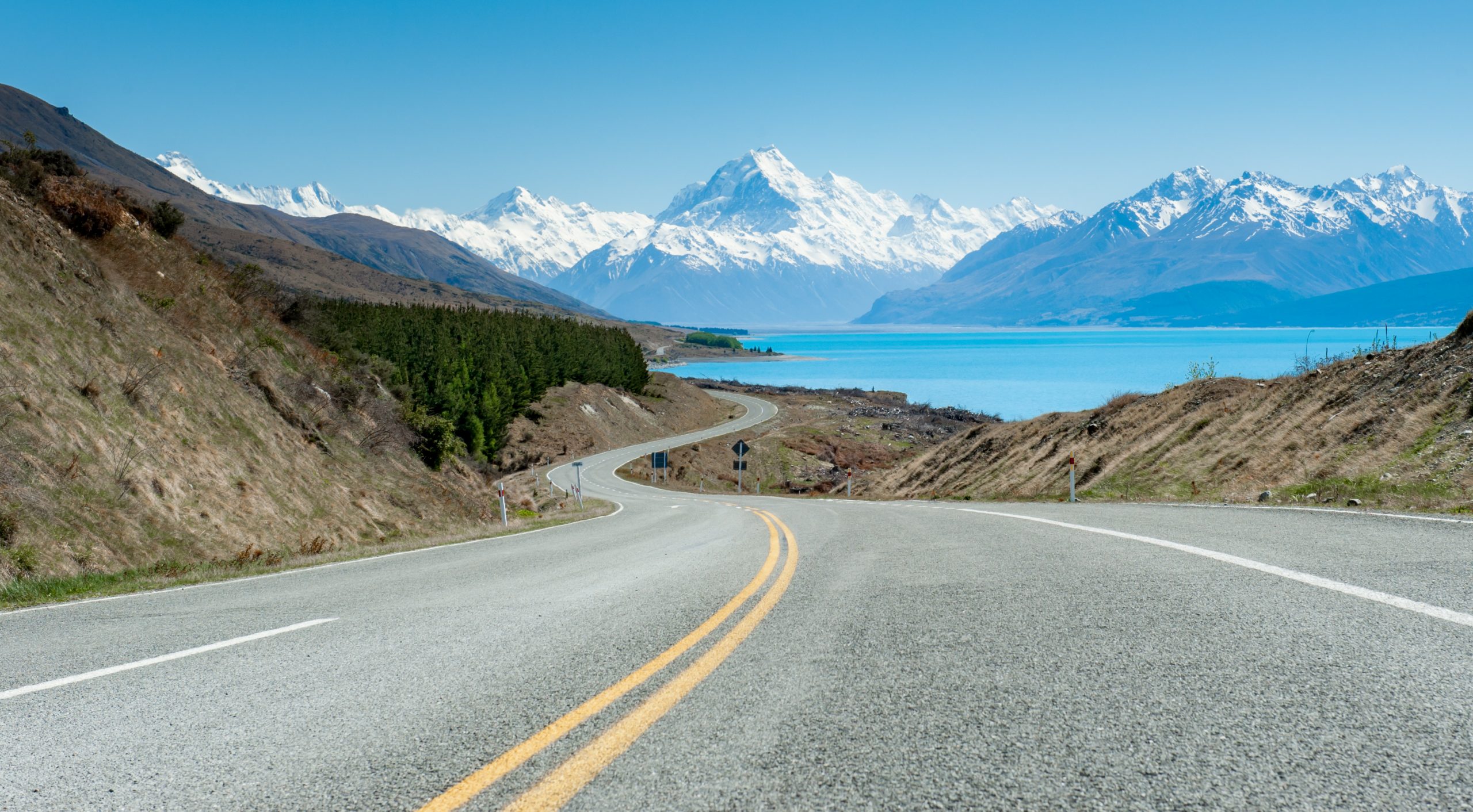
Aoraki Mt Cook’s iconic peak is visible from all over the South Island.
Different challenges
But the Main Divide’s glaciers (classified as mid-latitude mountain glaciers) are sensitive to climate change. Glaciers are dwindling, and permafrost is thawing. The result is a mass movement of ice, rock, and debris in one of New Zealand’s best ski touring regions.
Kuzma, Smoothy, and Kuroda are among the best female freeriders of their generation. They have ski toured all over the world. Even they recognize that this unpredictable expedition poses risks. Theirs is over a century since Du Faur’s expedition, yet strikingly close in terms of challenge.
When they fly into the Murchison Glacier, it’s already evident how much climate change has claimed the area. Just to access their starting point, they have to fly further into the range than expected, because the glacier has receded well beyond the old put-in site.
They set out expecting to ski clean lines of fresh snow. Instead, they instantly face hard snow that’s impossible to ski.
The terrain provokes their first problem. With unexpected amounts of scree walking, Kuroda’s boots cause her excruciating pain. Day one turns into a mammoth 14.5-hour expedition to Kelman Hut.

This is ski touring? Photo: Mark Watson/Ski Mag
It’s exhaustingly hot. Progress is slow. Their goal simply becomes moving safely from point A to point B. In the Southern Alps, unpredictable changes such as these are dangerous.
It becomes too much for one member
Further on, the exposure reaches terrifying levels. On one of the shrinking glaciers, known as Suicide Alley, a wrong step can easily turn fatal. Poor weather relentlessly chases the group, and tempers rise between them.
They are forced to downclimb thin glacial ice, navigate extremely narrow ice bridges, and cross crevasses. It becomes too much for Kuroda. She breaks down, remembering past trauma. A helicopter airlifts her out.
Kuzma and Smoothy press on, successfully crossing all glaciers in Mt Cook National Park. They cross the Main Divide in an east-to-west direction.
Despite the 100 years between them, there are parallels between Du Faur’s and the freeriders missions. Du Faur overcame the harsh landscape, telling herself it’s “only a hill, Earth set a little higher.” as she pressed on.
Kuzma, Smoothy, and Kuroda discovered that even with contemporary gear and skills, the harsh landscape imposed huge challenges. Sometimes, different challenges because of climate change.
In places, the landscape has become barely recognizable. In another 100 years, all those glaciers will likely no longer exist.

